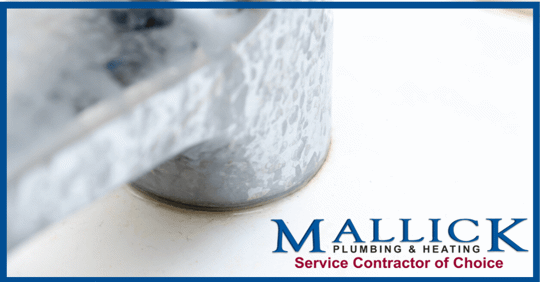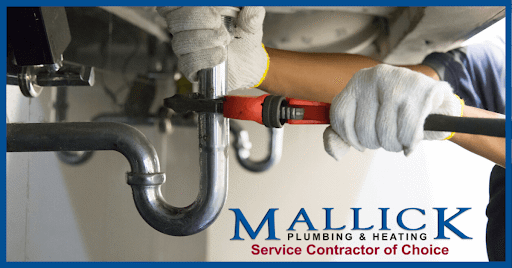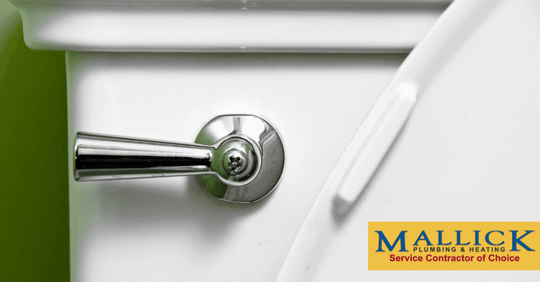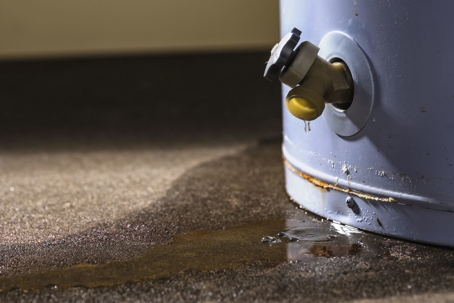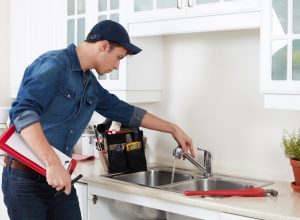The kitchen garbage disposal is an invaluable piece of equipment in any home kitchen. It makes dinner clean up easier and cleaner with very little effort on your part. Unfortunately, they aren’t miracle machines. There are certain types of foods that can’t go down the garbage disposal without either harming the blades or motor of the garbage disposal or causing clogs further along your pipes.
Luckily, many of these same foodstuffs can be used in an eco-friendly compost pile. We’ll explain what items you may want to consider composting rather than letting them muck up your plumbing!
Banana Peels
Peels in general have a lot of fibrous material, which can get easily caught in the blades of your garbage disposal. It’s going to take a long time for your garbage disposal to cut these up and it will probably end up just getting entangled in the system.
This is where composting comes in. Peels of all sorts have a lot of great nutrients for composting. All of the vitamins and minerals may not be enriching your body but can enrich the soil. At least something will benefit from your leftovers, right? Pro tip: slice up those banana peels before you toss them in the compost pile!
Coffee Grounds
Coffee grounds can be a huge waste. Think about it. Every morning you may be making coffee from those grounds and they go directly into the garbage. You should never put these down your garbage disposal because coffee grounds like to clump together when in water. If it doesn’t cause problems for the garbage disposal itself, it will cause clogs further along the system.
Luckily, just filtering water through your coffee grounds doesn’t completely strip them of the enriching vitamins and minerals which compost piles love.
If you need drain cleaning services or garbage disposal repair, just give us a call at (301) 804-6759 or fill out an online contact form to schedule an appointment. Our pros are trained in cleanliness and will exercise the utmost care and caution while assisting you.


